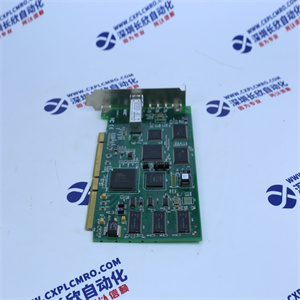schneider 140XTS00200
Product parameters:
Model: 140XTS00200
Input voltage: 24V DC
Input current: 2A
Output voltage: 24V DC
Output current: 2A
Communication interface: RS-485
Working temperature: -20 ° C to+60 ° C
Size: 70mm x 100mm x 60mm
Schneider 140XTS00200 is a product produced by Schneider Electric,which is a programmable logic controller(PLC)module.
This product is mainly used in automation control systems for managing and controlling various industrial equipment and processes.It can communicate with other devices and sensors,receive input signals and output control signals for various automation tasks and process control.
As a product of Schneider Electric,140XTS00200 has the following brand advantages:
1.Reliability:This product adopts high-quality components and processes,with excellent stability and reliability.It can work normally in harsh industrial environments and has a long lifespan.
2.Flexibility:140XTS00200 supports multiple input and output configurations and communication interfaces,and can seamlessly integrate with other devices and systems,providing flexible solutions.It also supports multiple programming languages and algorithms,making it easy for users to customize development and control.
3.Scalability:This product has good scalability,and users can add other modules and functions as needed to meet the requirements of different application scenarios.
4.Ease of use:140XTS00200 has an intuitive interface and user-friendly operation,allowing users to easily configure and debug.It also provides rich development tools and documentation,making it easy for users to quickly get started and develop.

MARPOSS E9066 INDUSTRIAL OPERATOR INTERFACE
Allen Bradley Bar Code Decoder 2755-DM6 NNB Works.
Gould Centrifugal Pump 1.5 HP Part#2BF21534 NIB
Whedco Drive Model#SMD-1050-R-1 Used
Allen Bradley Communication Card Cat#8000-UPK Used
Allen-Bradley 1775-L3
ABB S3 TEACH PENDANT 3HAB-2136-1/3*WORKING

Usage:
1. Connect the input power supply to the input port of the module and ensure that the voltage and current meet the specifications.
2. Connect the output devices to the output ports of the module, such as motors, lights, etc.
3. Use RS-485 communication interface to connect the module to the control system or computer.
4. Configure and program modules on the control system or computer to achieve the required automation control functions.
5. Use the module within the operating temperature range and ensure its normal operation.












Reviews
There are no reviews yet.